Flying cars are once again a hot topic of discussion but this time it involves Metro Skyways, a subsidiary of Israel’s Urban Aeronautics (UA). The company has announced that they are going into the full-scale development of the CityHawk VTOL flying car. The first manned flights of this hybrid-powered six-seater will take place in 2021 followed by full FAA certification. They plan to convert the CityHawk to run on hydrogen fuel cells after the launch.
Urban Aeronautics Ltd has developed advanced aerodynamic technologies that form the basis of a new internal rotor (ducted fan) aircraft known as Fancraft™. They capitalise on their extensive portfolio through two subsidiary companies, Tactical Robotics Ltd and Metro Skyways Ltd. Both companies are developing unique Fancraft™ for specific markets. The CityHawk, wingless flying car with “land anywhere” technology is their latest project and looks impressive, to say the least.

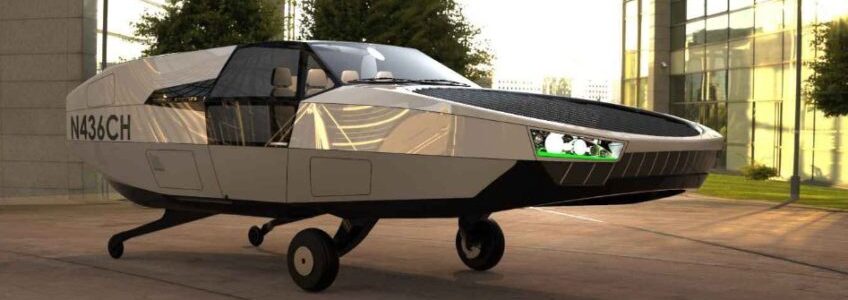



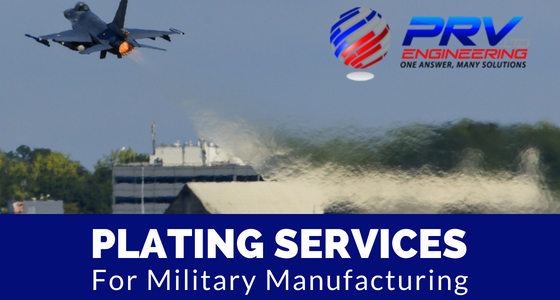

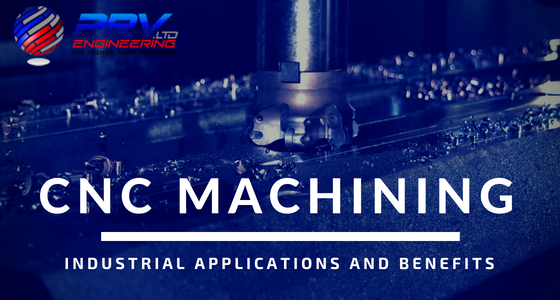

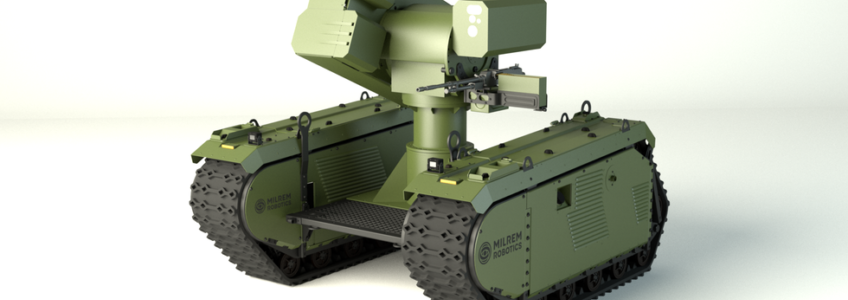
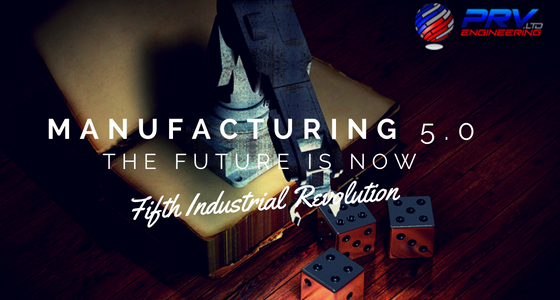
Recent Comments